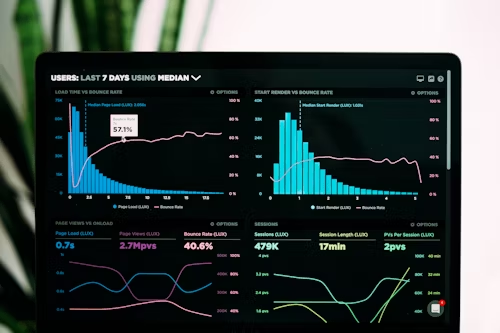Accurate forecasting is the cornerstone of a well-functioning supply chain. Without reliable projections, businesses risk overstocking, understocking, or missing key market opportunities altogether. In today’s dynamic global market, improving forecast accuracy is not just about looking at historical trends—it involves leveraging the right technology, integrating internal and external data sources, and adopting a proactive planning culture. By optimizing these components, organizations can strengthen their operations and deliver greater value across the board. This is where a modern demand planning tool and intelligent demand planning software can significantly improve results.
Integrate cross-functional data sources
Forecast accuracy begins with visibility. Sales, marketing, finance, and operations all have valuable insights that influence demand. When these data sources remain siloed, the forecasts generated are often skewed or incomplete. Integrating cross-functional data using a centralized demand planning software ensures that all stakeholders contribute to and benefit from a single, unified forecast. This holistic view helps companies reduce blind spots and react to demand signals more effectively.
Leverage AI and machine learning capabilities
Forecasting has evolved beyond spreadsheets. Advanced demand planning software now incorporates artificial intelligence and machine learning to detect patterns that traditional models may miss. These intelligent tools can automatically adjust forecasts based on real-time market signals, promotions, seasonality, and external variables. With each cycle, the demand planning tool learns and improves, offering businesses the flexibility to make more confident, data-driven decisions.
Incorporate real-time and external data
Traditional forecasting methods often overlook crucial external influences such as weather changes, economic shifts, competitor behavior, or geopolitical events. To improve accuracy, supply chain leaders should incorporate real-time data into their models. Leading demand planning software can ingest and analyze these external variables, providing a broader context for demand fluctuations. This results in better anticipation of market shifts and more resilient supply chain strategies.
Measure and refine forecasting performance
No forecast is perfect, but continuous measurement and refinement can move it closer to accuracy. Track metrics such as Mean Absolute Percentage Error (MAPE) and Forecast Bias to understand where discrepancies arise. A robust demand planning tool allows for real-time performance tracking, making it easier to course-correct in time. This feedback loop helps planners fine-tune their models, improve assumptions, and build trust in the forecasting process across departments.
Align forecast outputs with supply chain actions
An accurate forecast is only valuable if it drives meaningful actions. Ensure that procurement, production, inventory, and logistics teams are aligned with forecast updates. With cloud-based demand planning software, updates are instantly visible across functions, reducing delays and miscommunications. This level of coordination leads to optimized inventory levels, lower carrying costs, and better service levels.
Read More: How Does Sourcing Impact the Supply Chain in Electronics?
Conclusion: Build accuracy through technology and collaboration
Improving forecast accuracy requires more than just good data—it demands the right mindset, collaboration, and technology. By investing in a modern demand planning tool and leveraging the full capabilities of intelligent demand planning software, organizations can significantly enhance their forecasting process. This translates to greater agility, reduced risk, and better outcomes across the entire supply chain.



